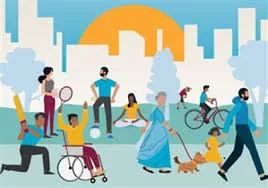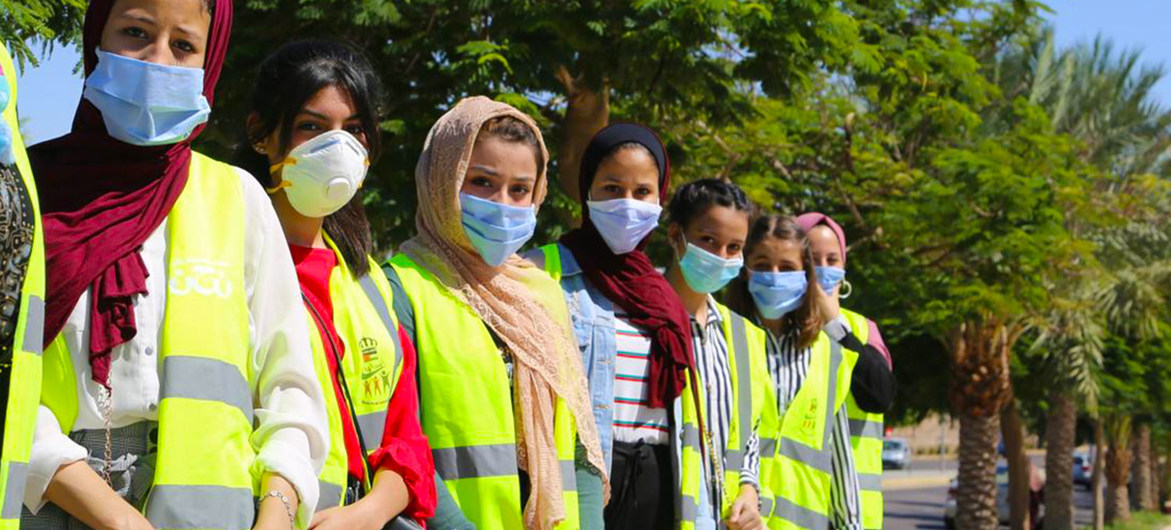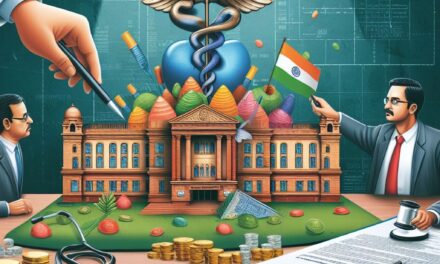India’s inactivity levels have raised alarming health concerns, with a new report warning that boosting sports and physical activity could significantly benefit the country’s economy. According to a report by Dalberg Advisors, a global consulting firm, increasing physical activity levels could contribute Rs 15 lakh crore to India’s GDP by 2047, the 100th anniversary of the nation’s independence.
The report, released on Wednesday, reveals that 155 million Indian adults and 45 million adolescents fail to meet the World Health Organization’s (WHO) recommended physical activity guidelines. The WHO advises that adults should engage in at least 150 to 300 minutes of moderate aerobic activity weekly.
A Public Health Crisis
The report emphasized the urgent need to address the growing inactivity across the country. Increasing sports participation and physical activity could prevent 110 million adult cases of non-communicable diseases (NCDs), such as obesity, diabetes, and cardiovascular conditions. This would also save the nation approximately Rs 30 lakh crore in healthcare costs by 2047.
In addition to the physical health benefits, promoting physical activity could lead to mental health improvements. The report suggests that increased activity could result in 30,000 fewer suicides and substantial reductions in mental health issues. Beyond healthcare savings, the report estimates that preventing productivity losses—caused by sick days and presenteeism—could save Rs 2.5 lakh crore.
Economic Potential of a Healthier India
Gaurav Gupta, Global Managing Partner at Dalberg Advisors, emphasized the importance of prioritizing physical activity. “If there is one thing we can control, it is how we take care of ourselves. Our physical health and well-being impact our quality of life and our contributions to society,” Gupta said. “As a nation, we’re far behind from realizing the full potential of our people simply because we aren’t focusing enough on how frequently we move and engage in physical activity.”
Gupta also called for greater investment in grassroots infrastructure. “At the grassroots, we need better schools, more playgrounds, and a new outlook that prioritizes physical activity as essential, not as optional or extra-curricular,” he added.
Addressing the Gender Divide
The report highlighted a significant gender gap in sports and physical activity participation. On average, girls and women spend 5 to 7 fewer hours (about 20% less) per week engaging in physical activities compared to boys and men. This gap worsens in urban areas, where girls are at an even higher risk of inactivity.
Promoting sports and physical activity could also help bridge this gender divide. By 2047, the report predicts that 11 million girls could be motivated to pick up a sport for the first time, contributing to increased agency, confidence, and economic participation. These gains are linked to the potential creation of 600,000 additional women entrepreneurs and leaders, further bolstering India’s development.
The Consequences of Inaction
If India continues its current trend of inactivity, the consequences will be dire. The report warns that by 2047, the country could face 200 million more adult cases of NCDs, 45 million more obese adolescents, and additional healthcare costs exceeding Rs 55 lakh crore annually.
As India strives to become a developed economy by 2047, fostering a culture of physical activity could be one of the most cost-effective and impactful strategies to improve public health, productivity, and economic growth. Encouraging more sports and physical activity could not only help India excel as a sporting nation but also ensure the long-term health and prosperity of its citizens.












